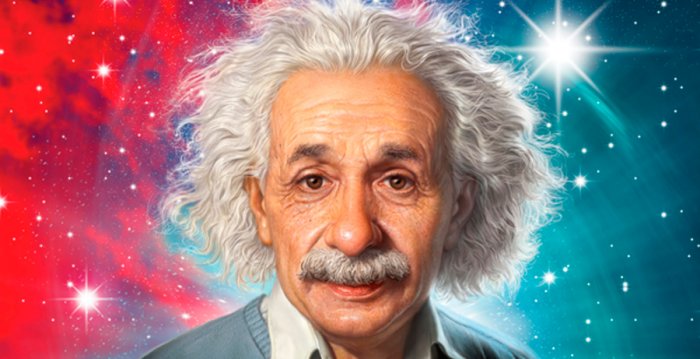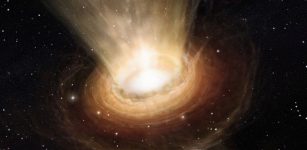New Controversial Theory Will Challenge Einstein’s Physics: The Laws Of Nature Were Not Always The Same – Scientists Say
MessageToEagle.com – Was Albert Einstein right or wrong? What if he was wrong? It’s not the end of the world, but it would mean we must re-write our books of physics.
A group of scientists have put forward a controversial theory suggesting that the speed of light is variable and not constant as Einstein proposed. If researchers’ assumptions are correct, it means that the laws of nature were not always the same!
The best part is that the research team has found a way to test their prediction and we may soon know whether Einstein made a mistake or not.
According to Einstein, the speed of light remains the same in any situation. As a result of this space and time could be different in different situations.

The assumption that the speed of light is constant, and always has been, underpins many theories in physics, such as Einstein’s theory of general relativity. In particular, it plays a role in models of what happened in the very early universe, seconds after the Big Bang.
However, scientists have long speculated that the speed of light could have been much higher in this early universe.
A group of researchers from the Imperial College London have made a prediction that could be used to test the theory’s validity.
Structures in the universe, for example galaxies, all formed from fluctuations in the early universe – tiny differences in density from one region to another. A record of these early fluctuations is imprinted on the cosmic microwave background – a map of the oldest light in the universe – in the form of a ‘spectral index
Behind this new exciting theory we find, Professor João Magueijo from Imperial College London and Dr Niayesh Afshordi at the Perimeter Institute in Canada.
Using a model to put an exact figure on the spectral index, the two scientists are currently working with their theory attempting to prove that the fluctuations were influenced by a varying speed of light in the early universe.
See also:
Time Travel Communication: Sending Messages Through Time Can Be Possible – Says Professor
Past Present And Future Exist All At Once – Unravelling Secrets Of Quantum Physics
Was There A Beginning Of Time And Will There Be An End Of Time?
More Fascinating New Science Articles
“The theory, which we first proposed in the late-1990s, has now reached a maturity point – it has produced a testable prediction. If observations in the near future do find this number to be accurate, it could lead to a modification of Einstein’s theory of gravity.
The idea that the speed of light could be variable was radical when first proposed, but with a numerical prediction, it becomes something physicists can actually test. If true, it would mean that the laws of nature were not always the same as they are today,” Professor Magueijo said.
As intriguing as this theory is, it will not solve the Horizon problem. The universe as we see it today appears to be everywhere broadly the same, for example it has a relatively homogenous density.
This could only be true if all regions of the universe were able to influence each other. However, if the speed of light has always been the same, then not enough time has passed for light to have travelled to the edge of the universe, and ‘even out’ the energy.
As an analogy, to heat up a room evenly, the warm air from radiators at either end has to travel across the room and mix fully. The problem for the universe is that the ‘room’ – the observed size of the universe – appears to be too large for this to have happened in the time since it was formed.

The varying speed of light theory suggests that the speed of light was much higher in the early universe, allowing the distant edges to be connected as the universe expanded. The speed of light would have then dropped in a predictable way as the density of the universe changed. This variability led the team to the prediction published today.
The alternative theory is inflation, which attempts to solve this problem by saying that the very early universe evened out while incredibly small, and then suddenly expanded, with the uniformity already imprinted on it. While this means the speed of light and the other laws of physics as we know them are preserved, it requires the invention of an ‘inflation field’ – a set of conditions that only existed at the time.
“The idea that the speed of light could be variable was radical when first proposed, but with a numerical prediction, it becomes something physicists can actually test. If true, it would mean that the laws of nature were not always the same as they are today,” Professor João Magueijo said.
The prediction could soon be tested and it will either confirm or rule out the scientists’ model of the early universe.
So, it you are into physics, keep an eye on the team’s progress and the results of this intriguing theory.
MessageToEagle.com
Expand for references









